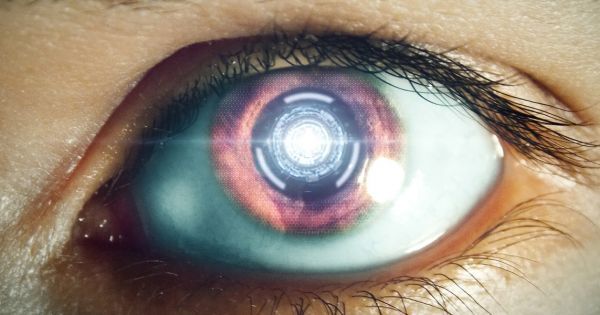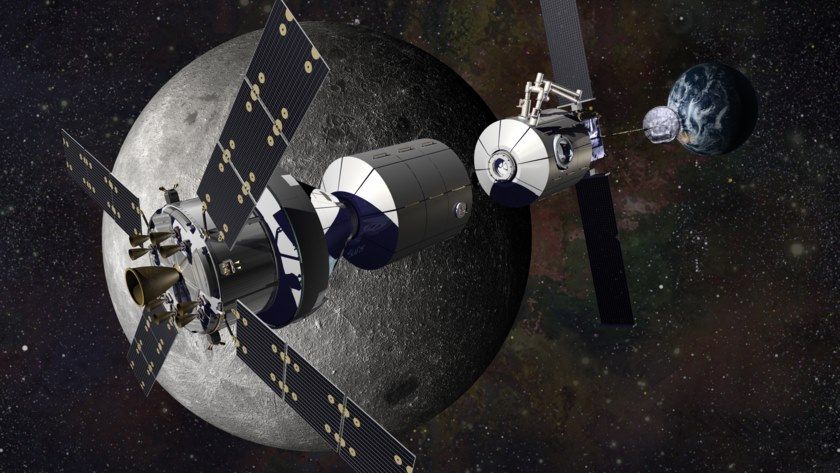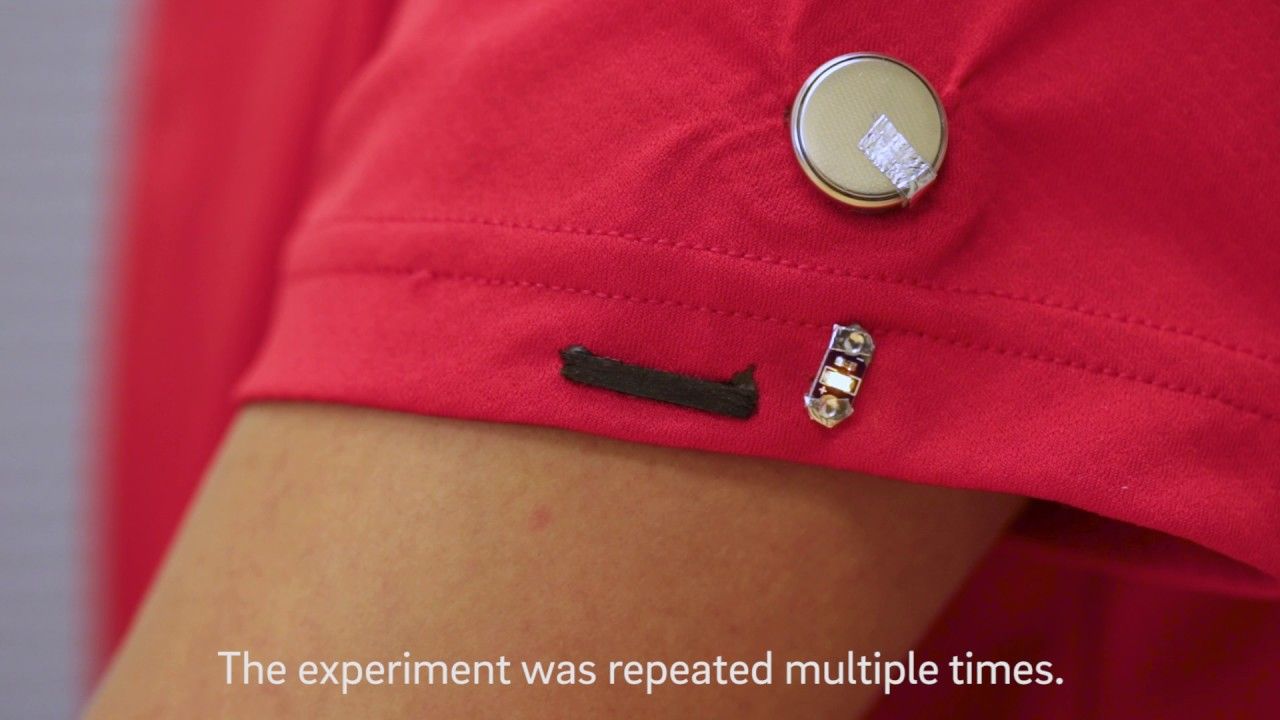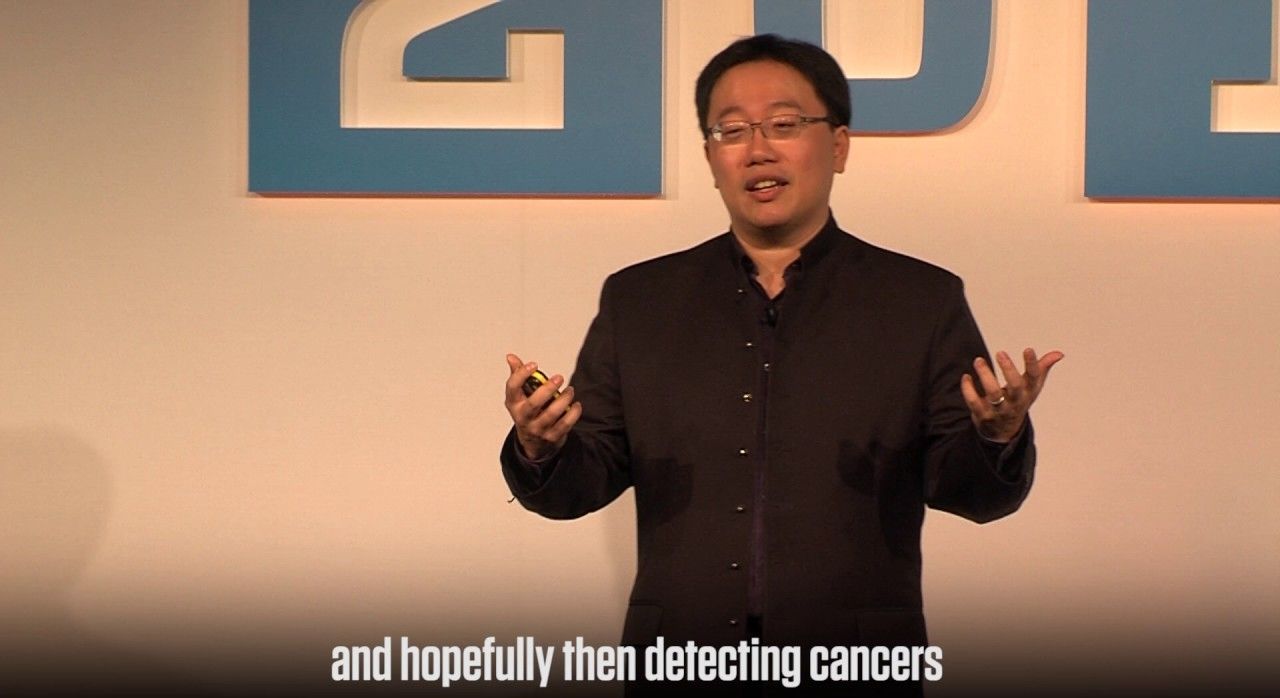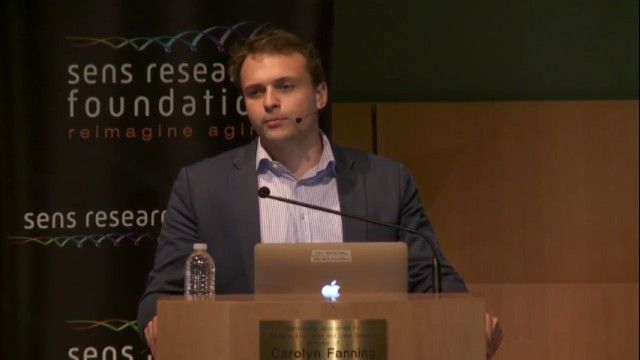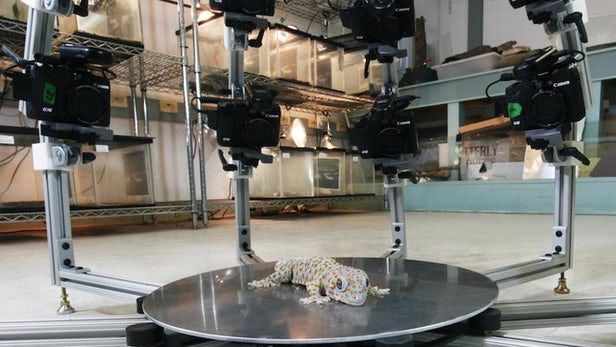
A recent study suggested that the total number of unique species that call Earth home may be as mind-bogglingly high as 1 trillion. Granted, the vast majority of those are microscopic organisms, but still, that number makes the Digital Life project’s goal, to make 3D scans of every kind of living animal, sound ridiculously ambitious. Nevertheless, the team believes that digitally preserving the biodiversity of the planet is increasingly important.
To reach that lofty goal, scientists at the University of Massachusetts Amherst are using an array of 30 cameras they call the Beastcam. This contraption is made up of 10 fixed arms with three Canon G16 cameras attached to each one, and a platform in the middle for the subject to sit on, or where that’s not possible, a more portable, handheld version can be passed over the animal to take the shot. All of the cameras take photos of the animal simultaneously, before off-the-shelf software stitches them together into a 3D model.
“We are excited to use the Beastcam technology to preserve the digital heritage of all life on Earth,” says Duncan Irschick, the biologist leading the team. “This will take several lifetimes, but we are thrilled to begin the journey. Digitally preserving the heritage of life on Earth is especially important given the rapid decline of many species, and this technology can recreate organisms in a way that has never been done before.”
Read more
